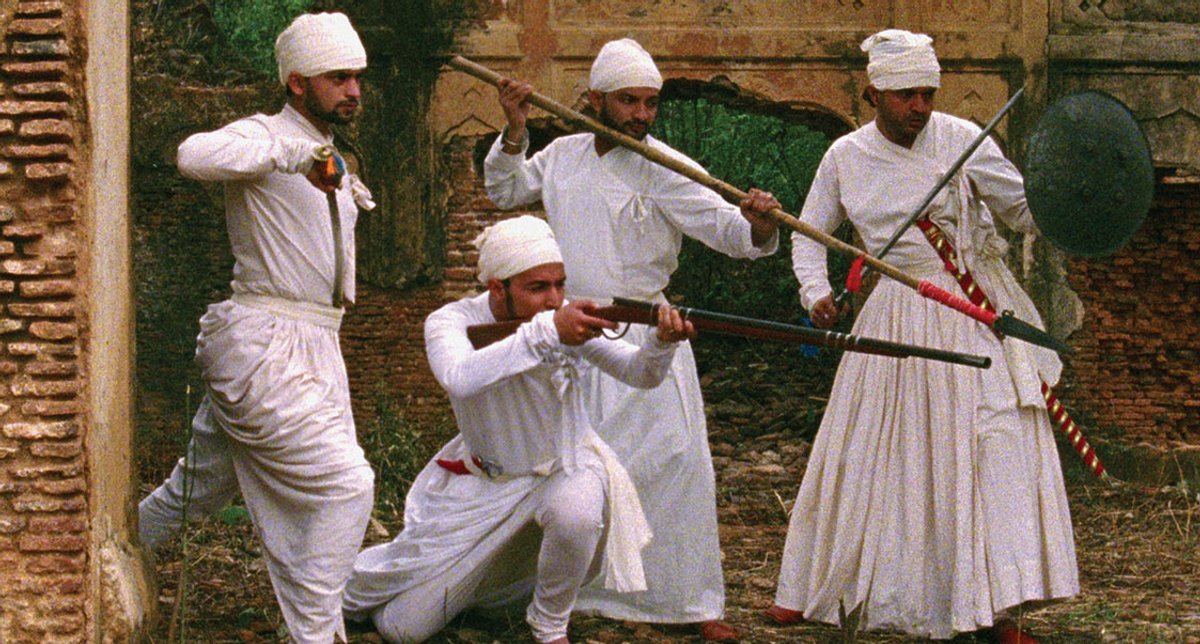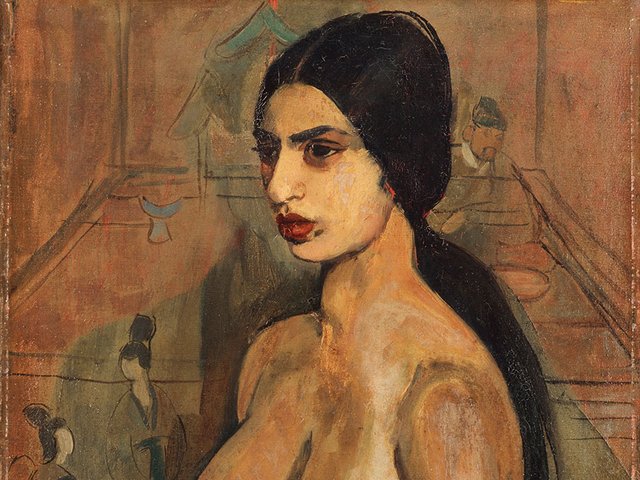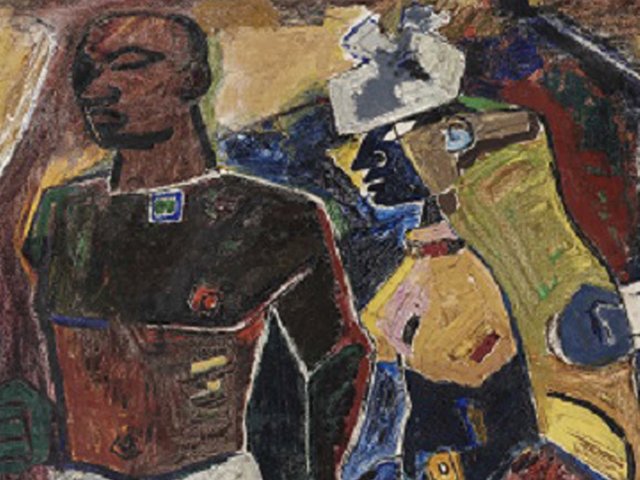Since October, the Rubin Museum of Art in New York has been screening Amit Dutta’s short film, The Scent of Earth (2021), in its multi-sensory Mandala Lab gallery space. One of the world’s foremost experimental film-makers, Dutta (born 1977 in Jammu, northern India) is no stranger to the global art world, and his films have featured at New York’s Museum of Modern Art, London’s Tate Modern and Zurich’s Museum Rietberg.
As described by film critic Srikanth Srinivasan, Dutta “is in constant dialogue with ancient Indian artistic thought and vernacular art traditions”, which, the film-maker himself observes, “envisions all forms of art in a fundamental continuum”. The first book-length analysis of Dutta and his work, Modernism by Other Means is an exhaustive study by Srinivasan over 18 essays. Some of the references, as above, are from Dutta’s own writing, which assist the reader in navigating the challenging, layered world of the film-maker’s audio-visual practice. Stylistic experiments mark Dutta’s oeuvre and his early shorts, Srinivasan observes, “evidence the excitement of a young artist discovering the power of his medium”, with Ka (2006), Kramasha (2007) and Man’s Woman and Other Stories (2009) “subject to all kinds of cinematic shock” as Dutta mines myth, folktale and superstition from childhood memory.
Authentic modernism
However, through the world of art and art history Dutta would discover his unique idiom and cement his reputation as a premier avant-garde artist. In his research publication, Invisible Webs: An Art Historical Inquiry into the Life and Death of Jangarh Singh Shyam (Indian Institute of Advanced Study 2018), Dutta noted, as paraphrased by Srinivasan, how the Gond tribal painter Jangarh (1962-2001) “reached a modern style without having to learn, and subsequently reject, the idioms of European naturalism, as is expected of cultivated primitive painters like Henri Rousseau and Joan Miró”. Srinivasan likens Dutta to Jangarh—Dutta too has arrived at “authentic modernism… through a close study of indigenous knowledge systems”—at the same time as anchoring his cinema in the “Romanticist categories” of nature, beauty and the sublime.
Dutta’s Nainsukh (2010), an imaginative “biopic” of the eponymous 18th-century Pahari miniature painter, was produced by Swiss art historian and Pahari collector Eberhard Fischer, with whom Dutta explored the Himalayan Kangra Valley associated with the artist. As Srinivasan sets out, the subject enabled fundamental changes to Dutta’s practice, providing him with “a new framework to understand film aesthetics to whose basic assumptions miniature painting poses a challenge”. The writing of the eminent Indian art historian Brijinder Nath Goswamy formed the basis for the film’s research, while initiating, as Srinivasan says, “Dutta’s exploration of ideas of tradition, lineage and inheritance within the domain of art history in [later] films such as Museum of Imagination (2012) and Field-Trip (2013)”.
Srinivasan also highlights the influence of avant-garde film-maker Mani Kaul (1944-2011), one of Dutta’s mentors, in shaping the latter’s artistic vision, noting Kaul’s references to “the stranglehold of the Renaissance concepts of perspective and convergence on artistic imagination”. Indian miniature tradition rejects visual realism for a more abstract epistemology. Dutta’s films from Nainsukh onwards share such qualities, for example, when painted images are animated—disclosing, in Srinivasan words “hidden depths and movement hitherto frozen in the compositions”.
Dutta’s interests include architecture, as seen in the four-hour documentary Finished/Unfinished (2015), where he obsesses on every minute detail of an eighth-century rock-cut temple complex at Masrur in the Himalayas. Srinivasan’s book, too, is a manifestation of such rigorous study and examination.
• Srikanth Srinivasan, Modernism by Other Means: The Films of Amit Dutta, Lightcube, 200pp, with colour illustrations, 399 rupees (hb), published 10 November 2021 (Kindle edition published 23 August 2020, 250 rupees/£2.50/$3.30)
• Arun A.K. writes on culture and cinema, and has contributed to Little White Lies, ArtReview Asia, Cinema Scope and MUBI’s Notebook




